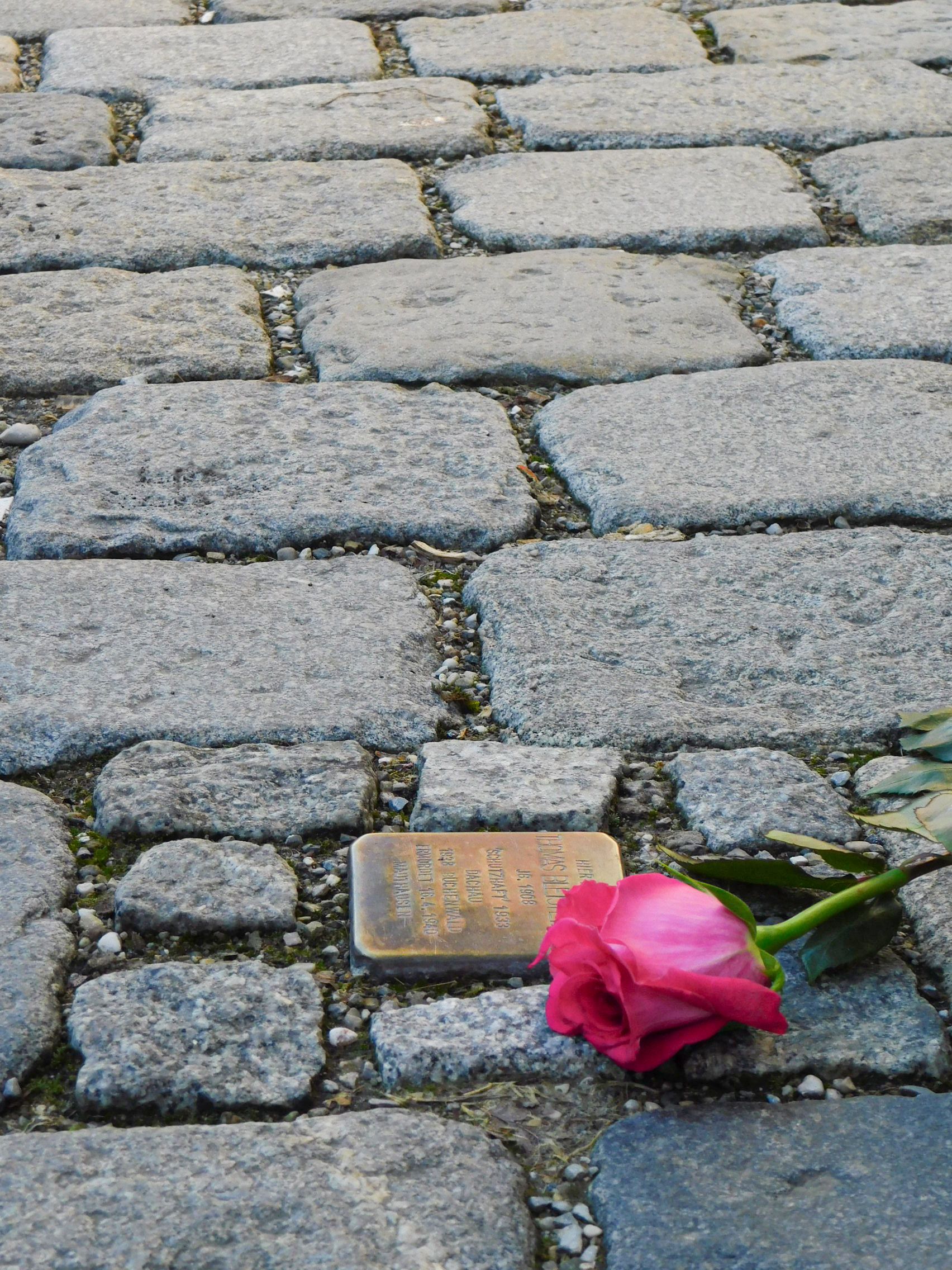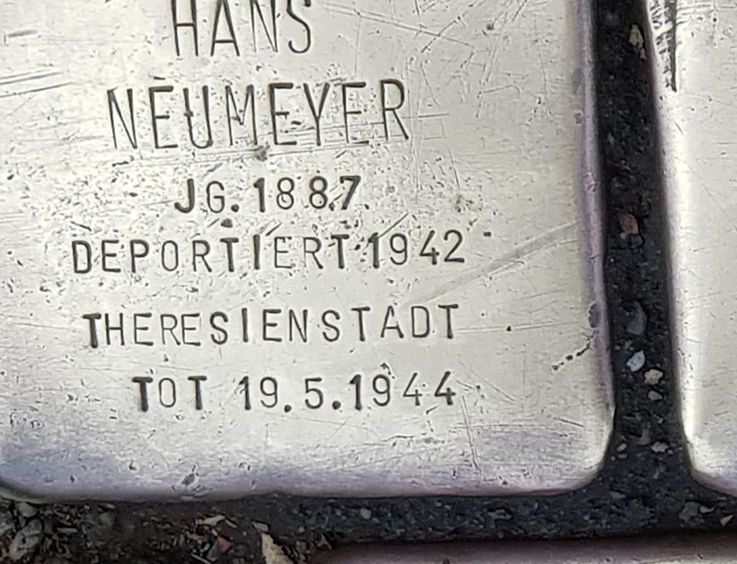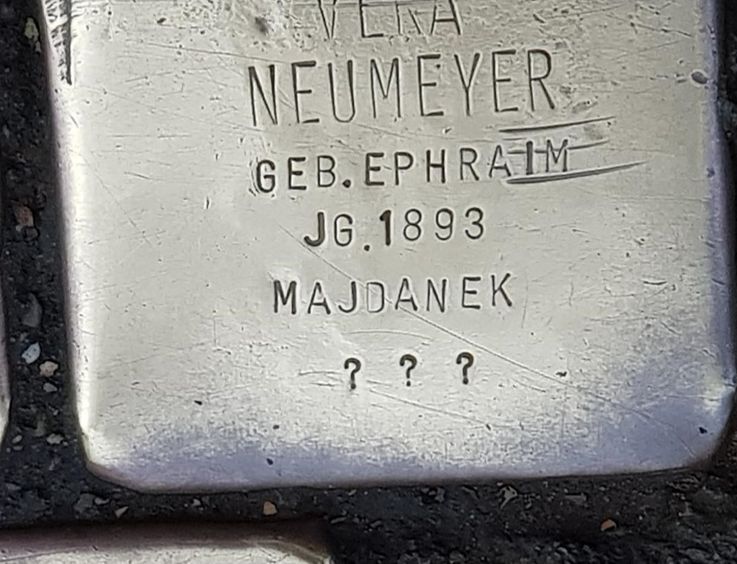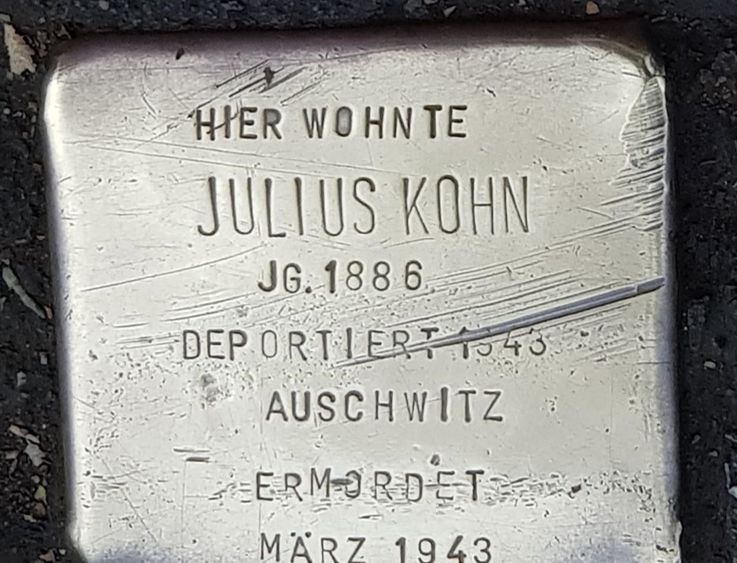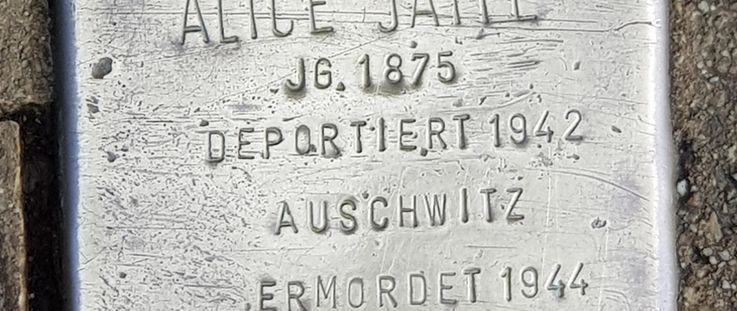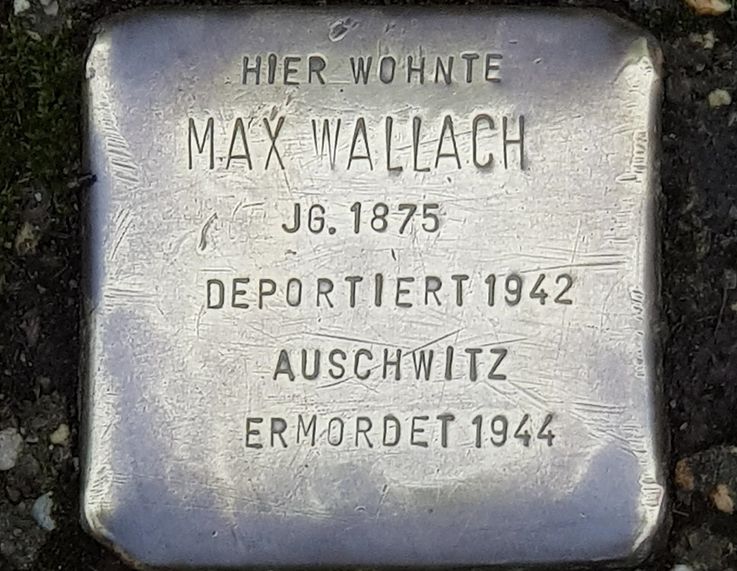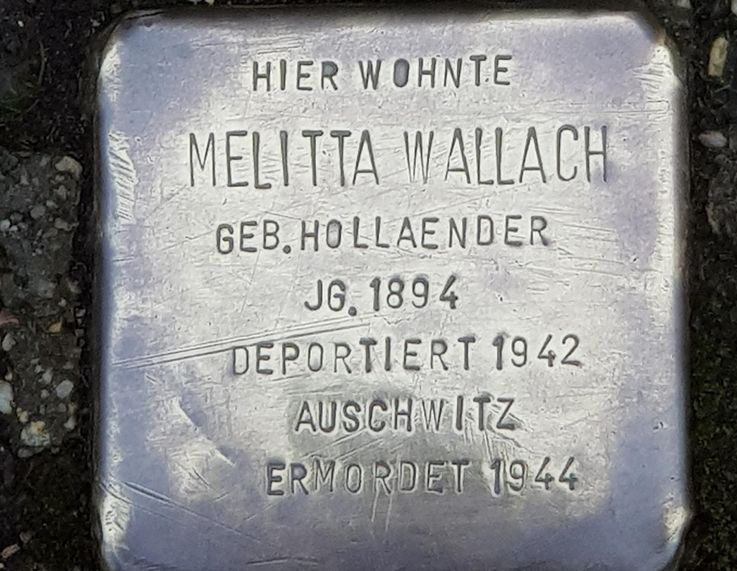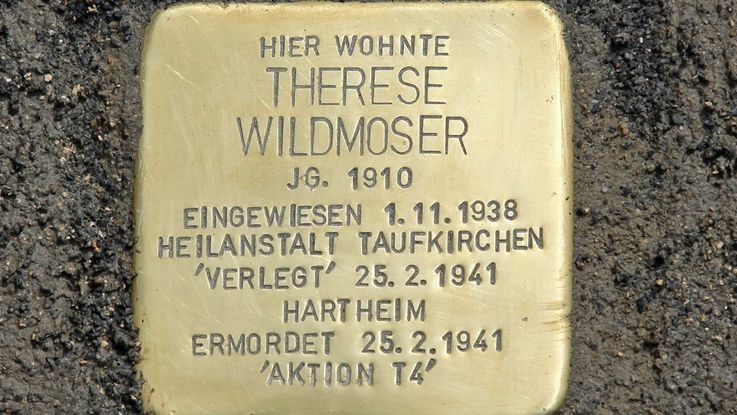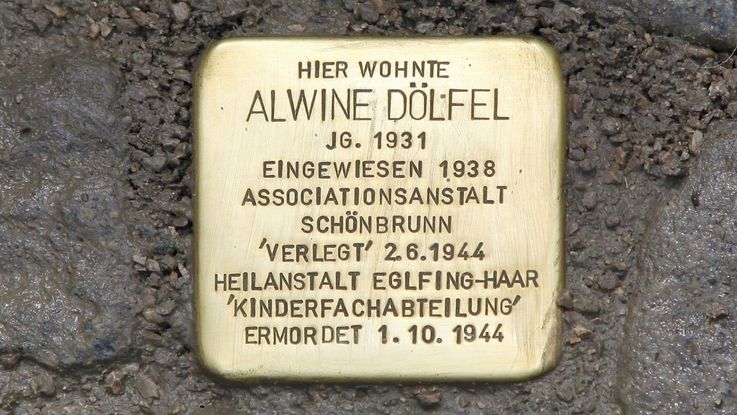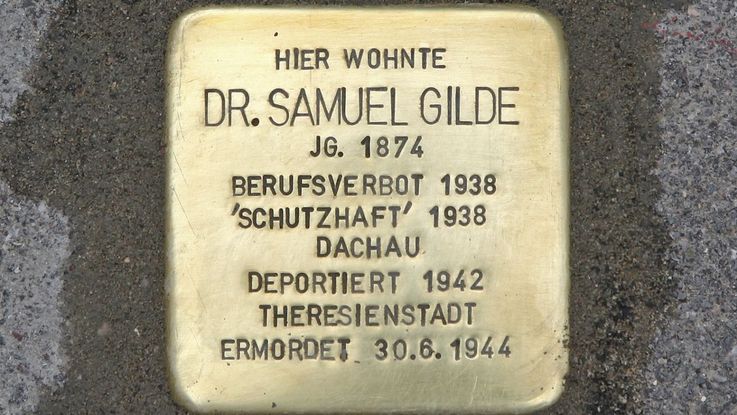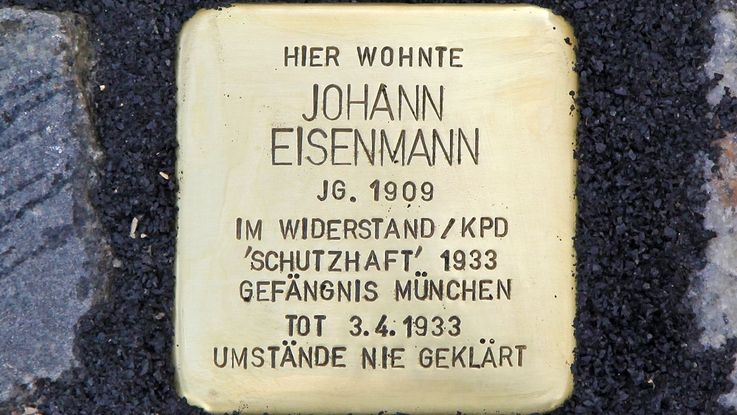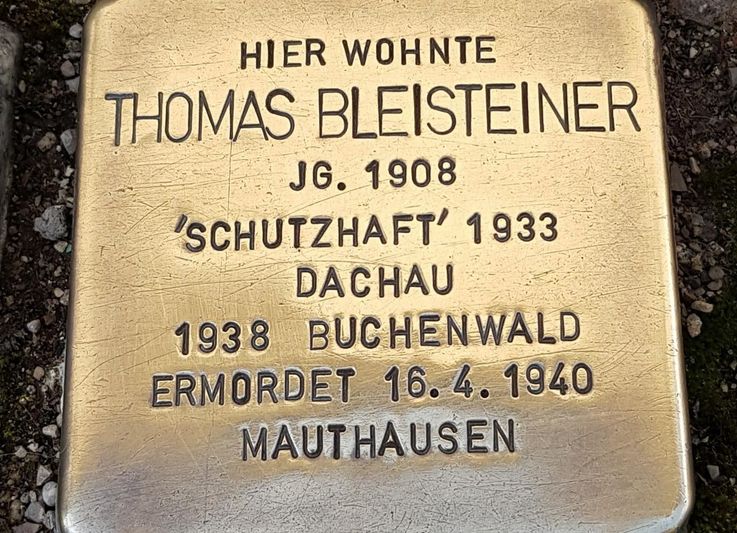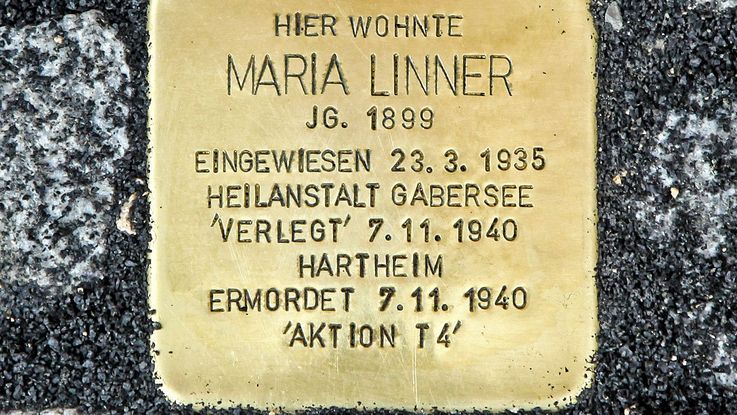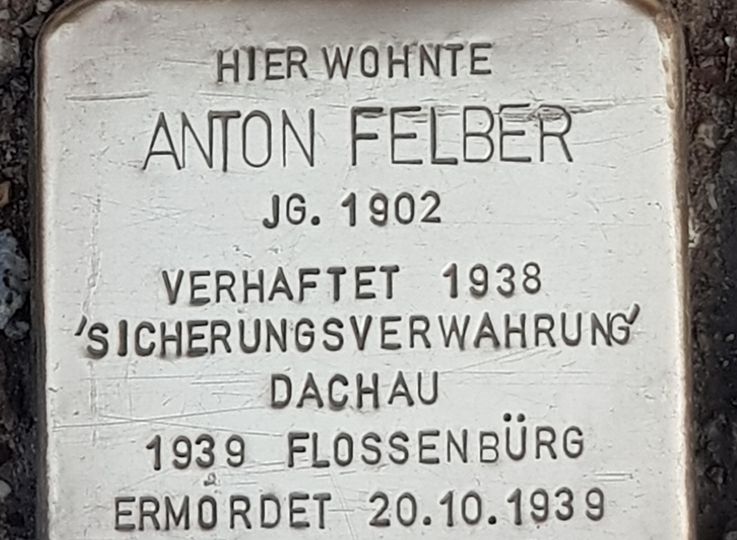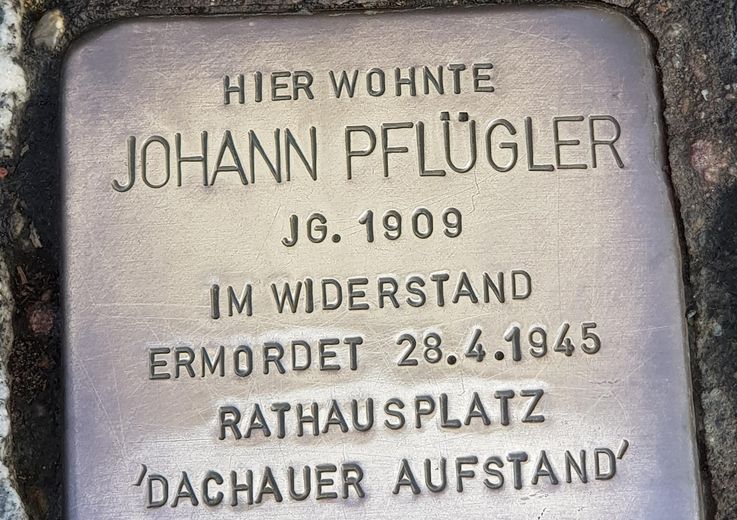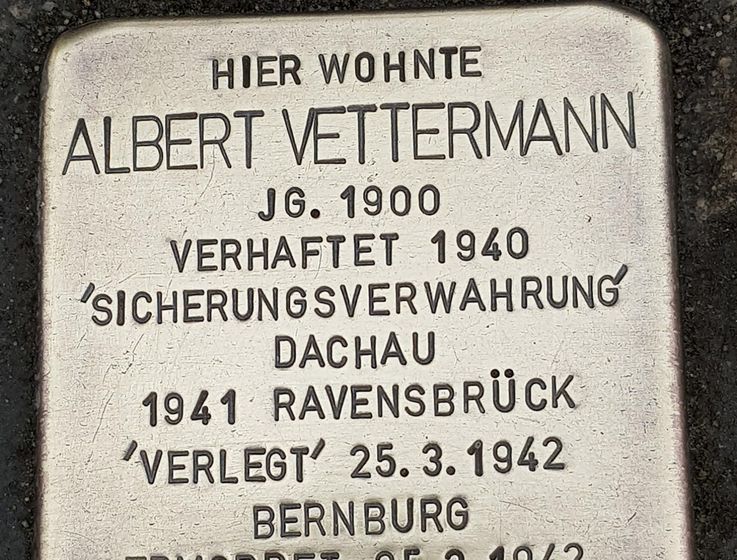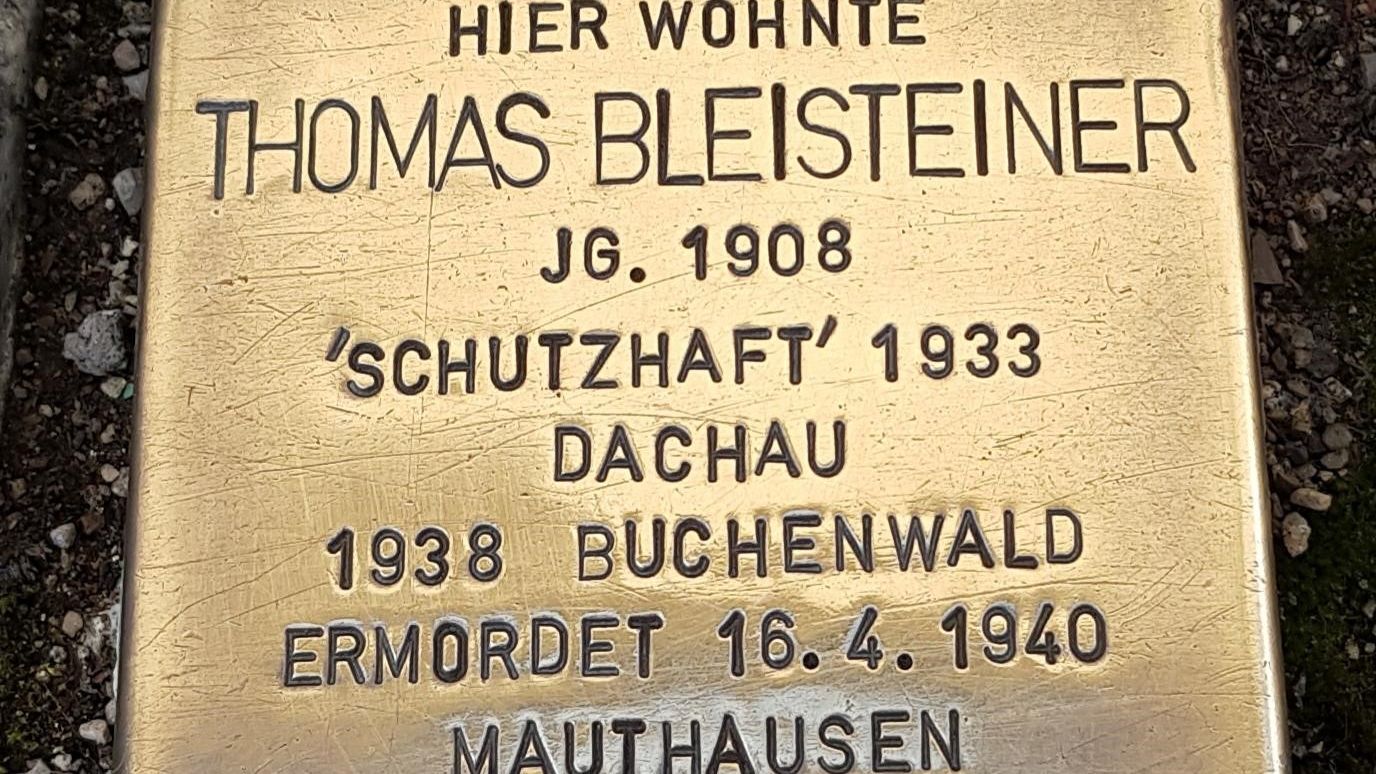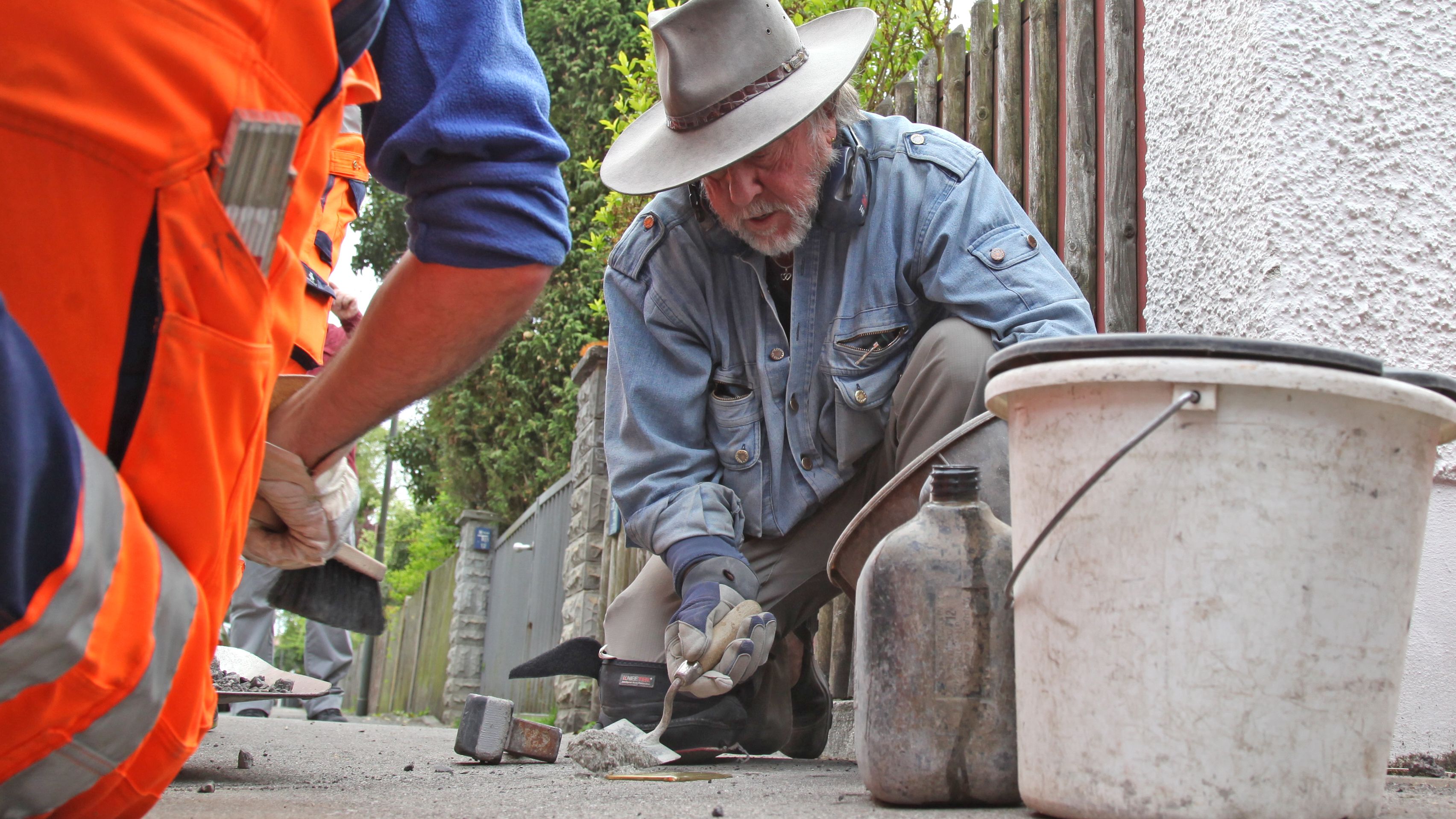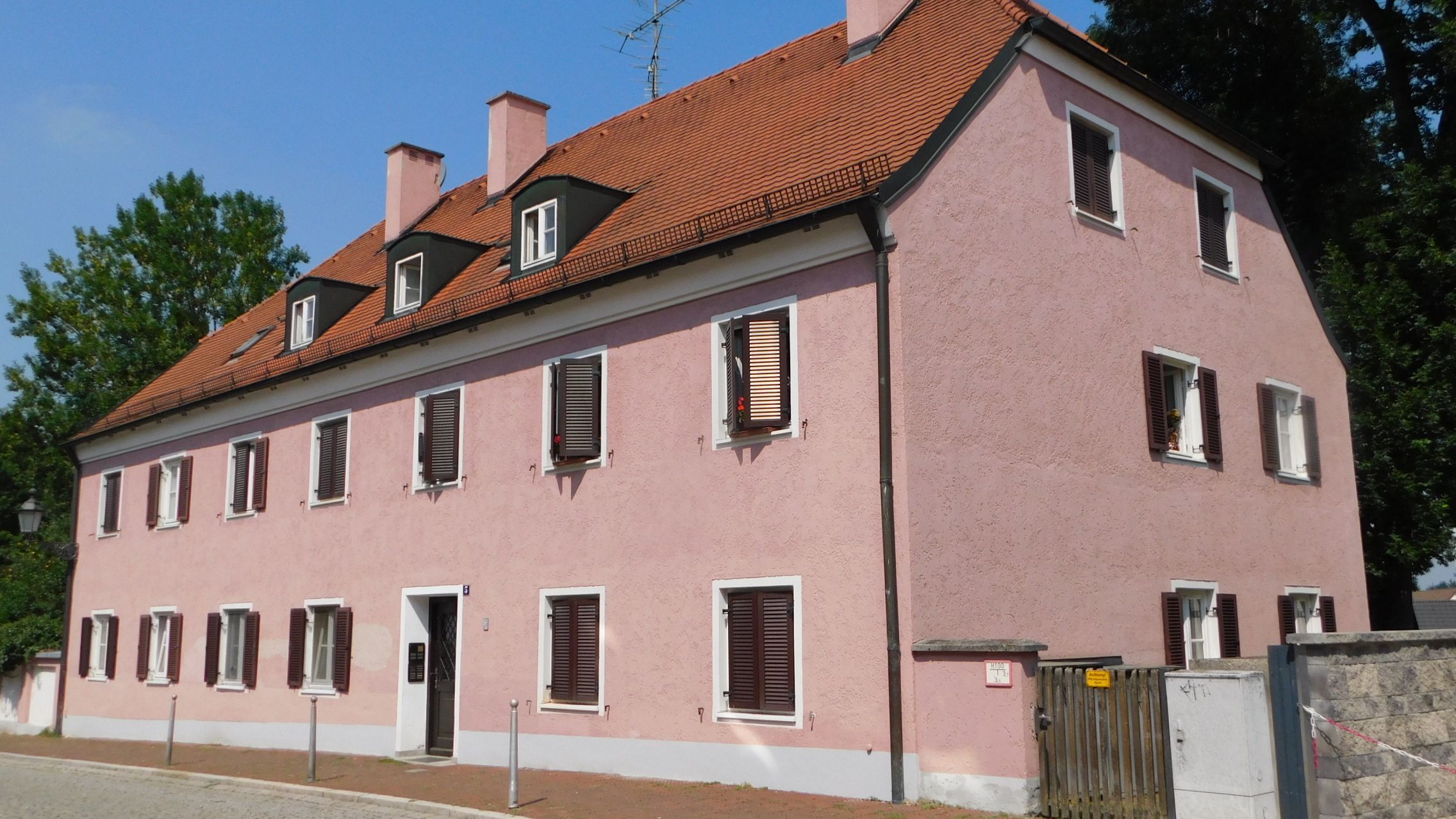Hans Neumeyer was born on September 13, 1887 in Munich. His Jewish parents ran a clothing shop on Sendlinger Straße. At the age of 14 he went completely blind. After studying music, he went on to co-found a music school.
He also worked as a lecturer in Acoustics and Improvisation in Dresden Hellerau. While there, he got to know Vera Ephraim. After the two married in July 1920, they moved to Dachau. They went on to have two children, Ruth, who was born in 1923, and Raimund, who was born in 1924.
From 1933 he was subject to the National Socialist’s occupational ban and was no longer allowed to teach. Hans Neumeyer experienced the events of Kristallnacht (the Night of Broken Glass) on November 8 and 9, 1938 in Berlin, where he was learning to be a flute maker.
After the family was forced to leave Dachau, they moved to Munich. They then went on to move homes multiple times. On May 11, 1939, the couple’s children arrived in England in a Kindertransport (a rescue effort that brought refugee Jewish children from Nazi Germany to Great Britain from 1938-1940).
Hans Neumeyer’s name appears on a transport list for the Theresienstadt ghetto from June 4, 1942. Once there he continued to teach music but caught tuberculosis and became ill at the end of 1943.
Hans Neumeyer died on May 19, 1944 as a result of his illness.
top of page
